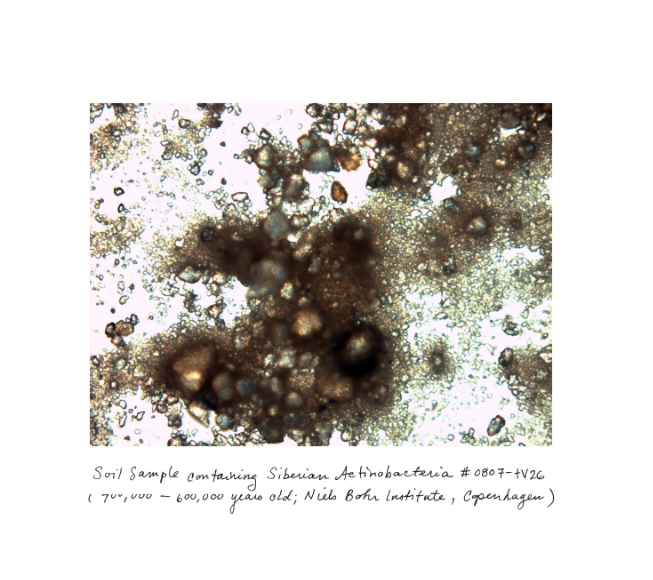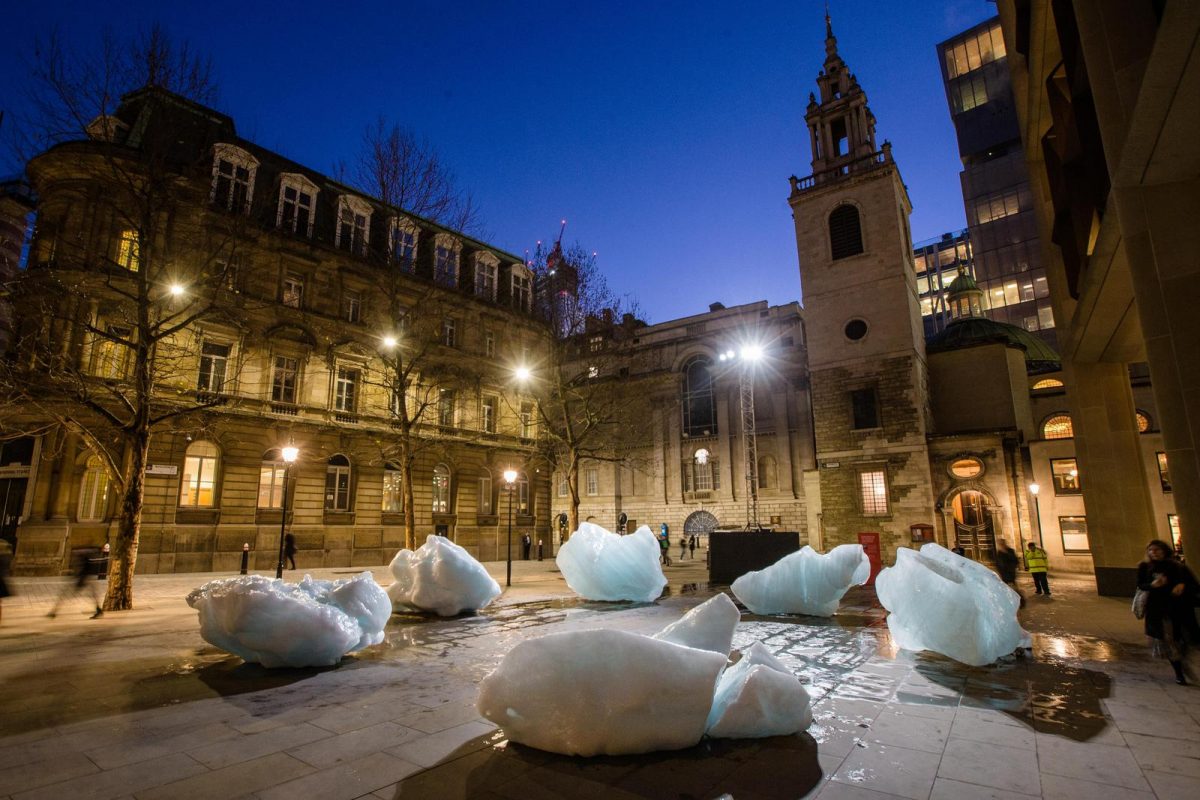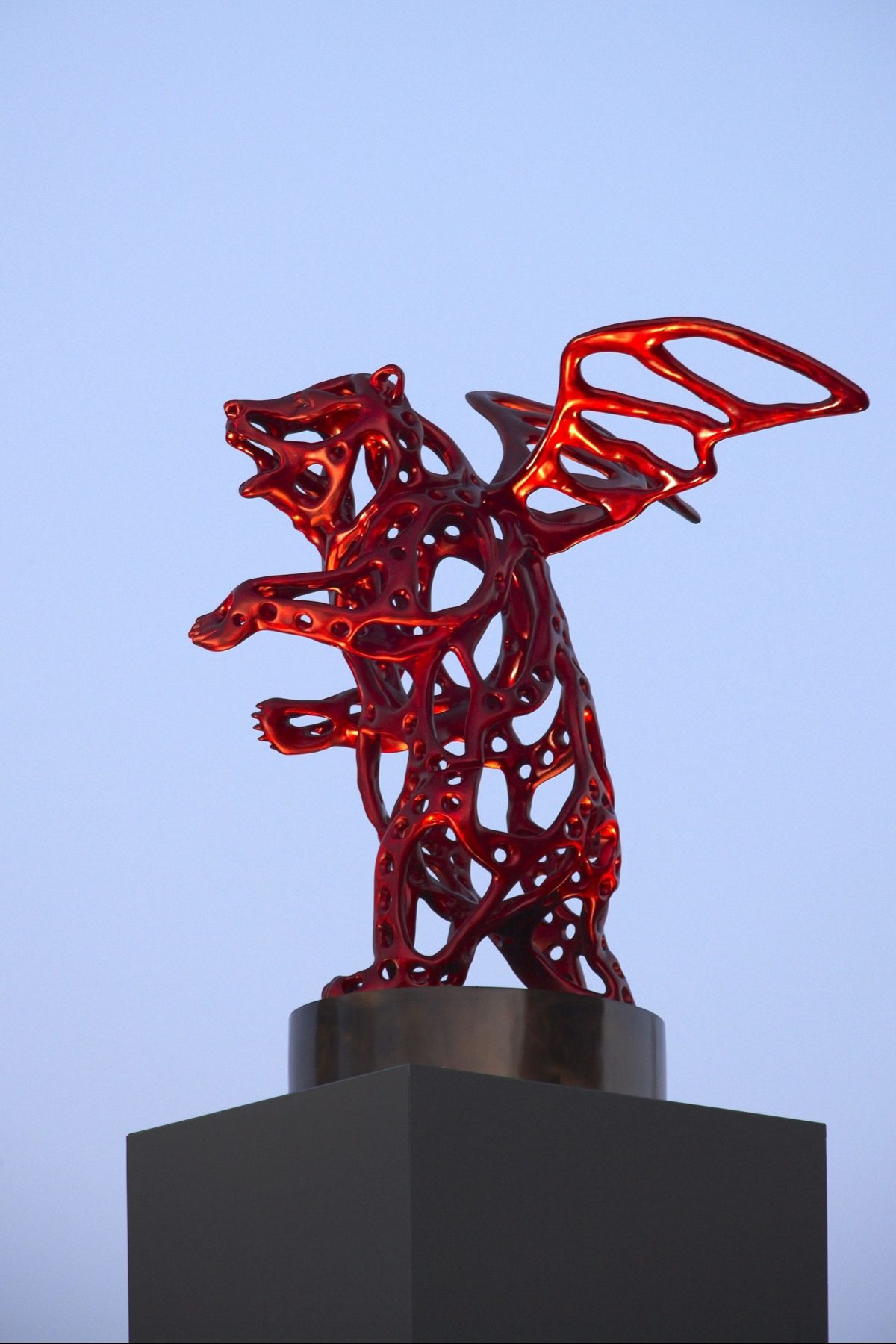Art and culture: the concept of time
Art is an essential part of the culture of any socio-political environment. But how does Modern Art fit into this mutual and articulated relationship? First of all, art is able to mirror an era, to bring out the issues of the time with visual force.
The concept of “timefulness” precisely indicates the ability to place the viewer in specific ages. A concrete example is the artistic production of Rachel Sussman. The Brooklyn-based contemporary artist defines in an interview with Marina Abramovic Institute the concept behind her works:
“My use of deep time is about creating perspective and differentiating between the shallowness of human timescales and the depth of natural, geologic, and cosmic timescales.”

Through her decade-long project “The Oldest Living Things in the World” Sussman creates art of scientific and environmental interest. The artist almost brings the viewer back to a primitive conception of the earth, putting nature in the foreground.
Sussman is certainly not the only artist whose artistic concept is intertwined with that of time. The New Zealand artist Honor Harger, in particular, combines the means of modern technology to create a soundscape of the history of the Universe. Through his works, it is possible to immerse in the oldest sounds in the world. Those include as well the ones of the cosmic rays left over from the Big Bang.
Not only past and present, but art also allows you to explore plausible or totally imaginary futures. The fusion of art with the tools of modern science has greatly expanded the creative possibilities.
Art as exploration: the concept of space and protest

Art, however, allows to range not only in time but also in space. Sometimes it brings the audience to an otherwise unknowable emotional level. This is the case of the Ice Watch installation by Olafur Eliasson.
The Danish-Icelandic artist is known for his employment of elemental materials such as light and water in his artworks.
In Ice Watch the artist transported melting glacial ice from the Arctic to London. In this case, the artist creates a real experience. This translates into an audience that expands its knowledge and understanding of specific issues.
“I believe that one of the major responsibilities of artists – and the idea that artists have responsibilities may come as a surprise to some – is to help people not only get to know and understand something with their minds but also to feel it emotionally and physically.”
Another example is that of the famous Angel Bear by Richard Texier. The French painter and sculptor was commissioned with a public artwork to place in front of Gare du Nord, The Paris Nord Train Station.
The monumental winged bear emphasizes the issue related to the melting of the glaciers and the danger of the environmental change taking place for the conservation of polar bears.
Art builds culture through unpredictable paths. Not only challenging the status quo, but making totally different worlds and epochs tangible.
Above all, without any intellectual constraint, art elevates knowledge and broadens our perspectives, allowing a more impartial construction of our beliefs, over time and space.
